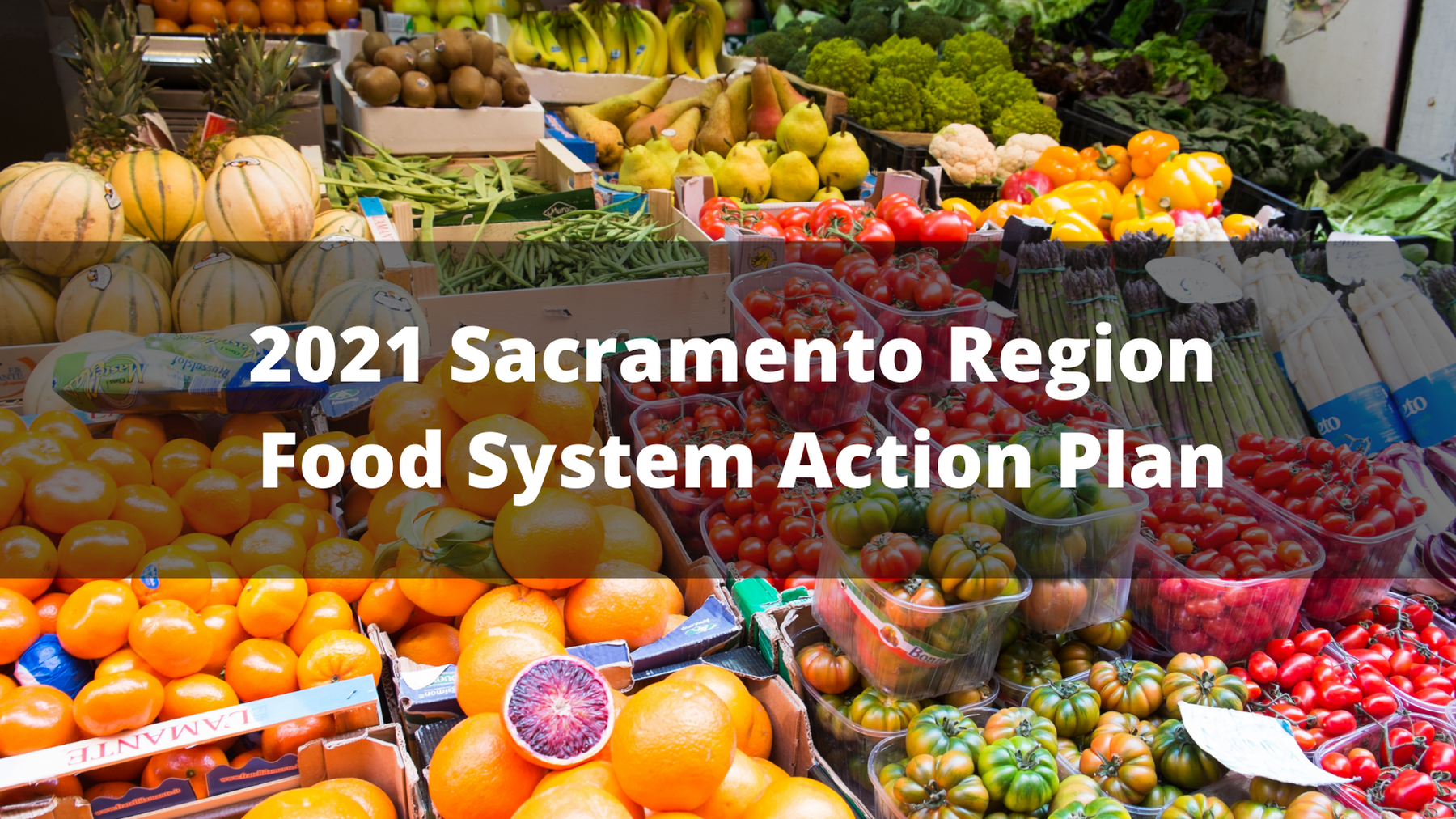Agriculture, Natural Resources, & the Environment: Forestry Management Advisory Report
Hospitality, Culinary, and Tourism Advisory Report
Information and Communication Technologies: Cybersecurity Advisory Report
Remote Work Survey Analysis (2021)

The COVID-19 pandemic upended the traditional structure and distribution of work teams. In collaboration with Los Rios Community College District, the Centers of Excellence, and Orr Consulting, Valley Vision sought to survey the region’s employers to quantify and begin to understand the changes and implications brought on by the rise of remote work.
Building upon the Remote Work Survey that was presented at the ICT Regional Advisory Meeting (2021), this report looks at the potential impacts of remote work, its biggest obstacles, and the skills that employers are looking for in a remote workforce. The following white paper highlights the result of these efforts:
Sacramento Region Food System Action Plan (2021)

The Greater Sacramento region is at the heart of one of the world’s largest agricultural economies, producing products for people at home and around the globe. With its renowned food and agricultural assets, the region produces a large diversity of high-quality crops and products and values its agricultural heritage, while looking to the future as a global innovator and leader in sustainable agriculture, food, and health.
Yet, in spite of our great abundance, the region experiences persistent levels of food insecurity, lack of access to healthy affordable foods, and lack of equitable access to economic opportunities, among other conditions. The Sacramento Region Community Foundation (Foundation) engaged Valley Vision to prepare phase one of the 2021 Sacramento Region Food System Action Plan (Regional Action Plan), which assesses the capital area’s food landscape and offers recommendations to grow its capacity and resilience – efforts made more urgent by ongoing health and climate crises.
The project team also developed an eight-page document (below) containing summaries of key assets, challenges, and recommendations across the six strategic focus areas in the full Regional Action Plan (above).
Companion research and analysis on regional food security status, community food guides prepared by UC Davis, and a listing of new and expanded state and federal resources that can support recommendations and actions are available on Valley Vision’s website.
To stay engaged and informed about the Regional Action Plan and Phase Two, email us at FoodAndAg@ValleyVision.org.
Fall 2021 Agriculture and Natural Resources Regional Advisory: Water Conservation
Health and Life Sciences: Nursing and Allied Health Adviosry Report
Administration of Justice and Public Safety: Administration of Justice Advisory Report (2021)
Skills for a Ready Future Workforce (2021)

Valley Vision has been examining Future of Work trends for many years. Our latest research was made possible through funding from the City of Sacramento CARES COVID Relief and in partnership with Burning Glass Technologies. This analysis sought to answer the question, where should resources be targeted to provide the most effective skills acquisition and training, especially to disproportionately impacted community members, to enhance and accelerate recovery from the pandemic.
Building on previous work, Automation Risk for Jobs in the Capital Region (March 2020), this report looks at the potential impacts of automation in our nine county region, recovery from the pandemic and future workforce development strategies need to be responsive to multiple factors. The following white paper highlights the result of these efforts:
Fall 2021 ECU Regional Workforce Advisory Meetings: Electric Vehicle Virtual Advisory Series
Information and Communication Technologies: Remote Work Advisory Report
Policy Brief: Internet Service Competition in CA and the Capital Region (2021)

This policy brief presents an analysis of the internet service market and providers choices (number of ISPs) serving residential customers in California and the Connected Capital Area Broadband Consortium (CCABC) Region, and its implications on cost and quality of service.
This analysis is based on broadband availability data from the California Public Utilities Commission from 2020 (as of December 2019). Findings of our analysis are that in California, the vast majority of the population (near 87%), households, and housing units, have access to two or less choices of ISPs, which indicates a concentrated and non-competitive market. Furthermore, analyzing the number of internet choices, in areas served at different speed standards, nearly all population (high nineties percent) have access to two or less choices of ISPs.